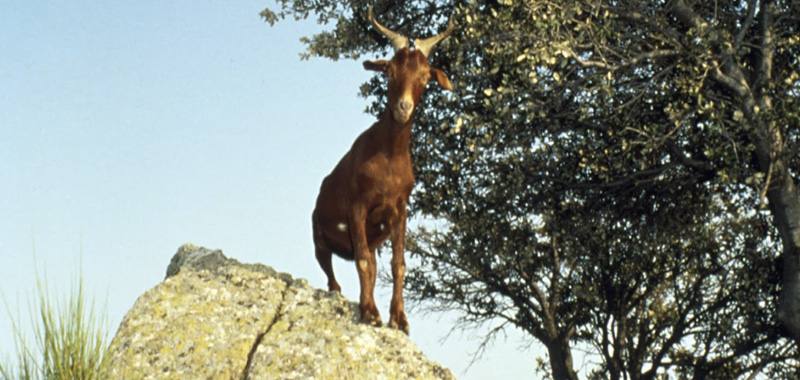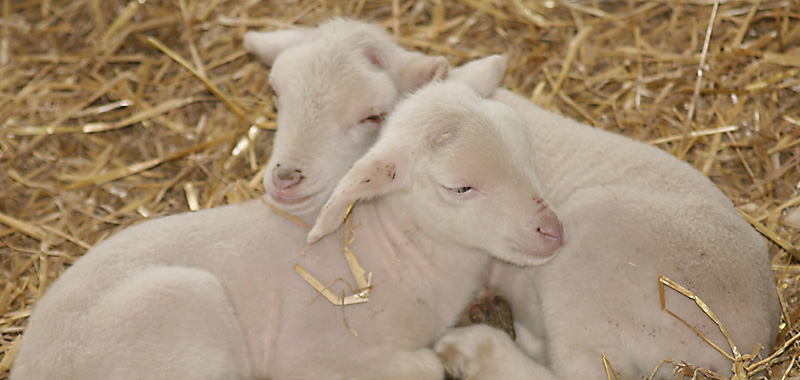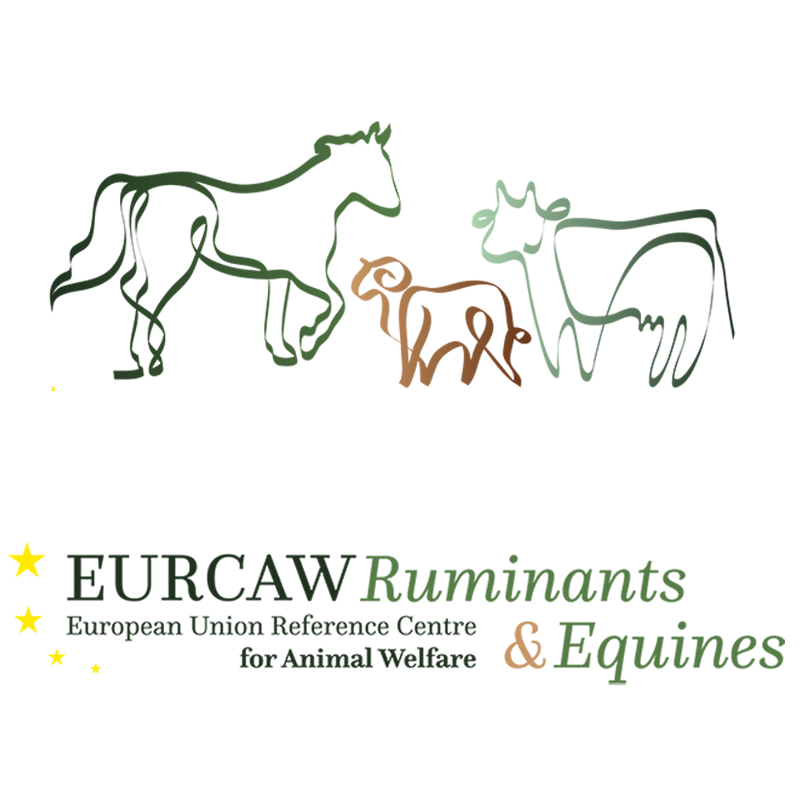Legislation
Council directive 98/58/EC states general rules for the protection of animals kept for farming purposes. Council directive 2008/119/EC sets minimum standards for the protection of calves. There is no reference to the provision of enrichments except that calves must have visual and tactile contacts with neighbours when they are in individual crates (under 8 weeks of age).
Council Directive 2010/63/EU for the protection of animals used for scientific purposes mentions enrichment, in reference to the expression of behaviour and the reduction of negative emotions (stress).

© INRAE / NICOLAS Bertrand
Knowledge
Enriching the living environment of captive animals provides stimulation and allows animals to perform natural behaviours that may be prevented in their captive environment. Enrichments are commonly divided into physical, occupational, sensorial, nutritional and relational enrichments. They promote positive emotions and improve animal’s welfare. Environmental enrichment is species-specific, depends on the developmental stage of the individuals, and can lead to frustration or stress if not adapted. Understanding the needs of animals and how they perceive their environment is therefore essential.





